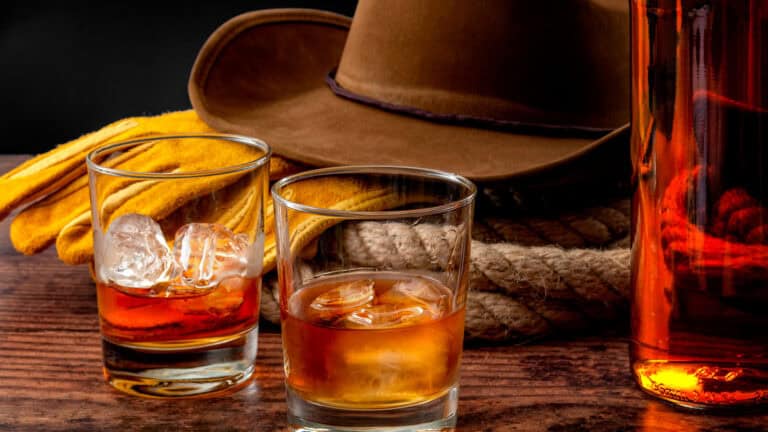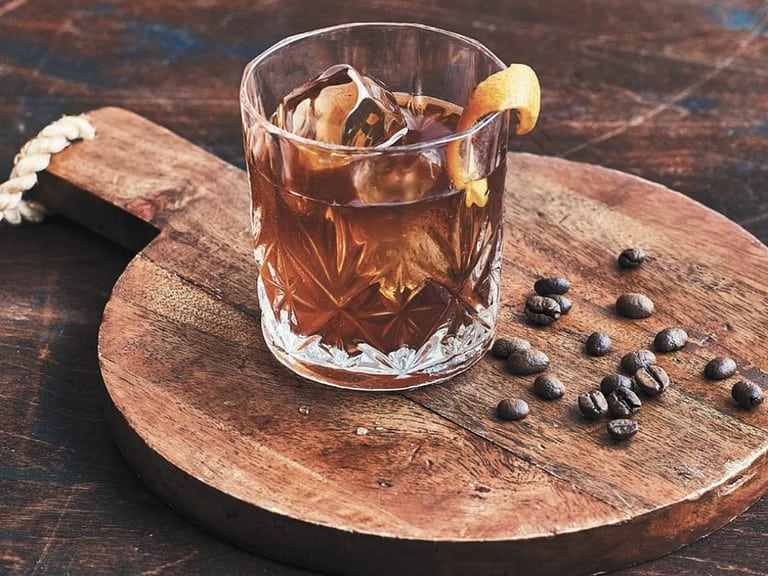Unveiling the Charms of Tennessee Whiskey or Kentucky Bourbon
Tennessee whiskey or Kentucky bourbon are more than just drinks; they’re a journey through American history and craftsmanship. Each sip tells a story of tradition, from the cornfields to the charred oak barrels that give these spirits their distinctive taste. In this article, we’ll unravel the secrets behind Tennessee whiskey’s smooth character and Kentucky bourbon’s bold profile.
Join us as we explore the nuances that make these beverages a staple in the world of fine spirits. Whether you’re a connoisseur or a curious newcomer, prepare to be enthralled by the legacy and allure of these iconic American treasures.

The Essence of Tennessee Whiskey
Tennessee whiskey is a beloved spirit, steeped in tradition and recognized for its smooth, distinctive flavor. But what exactly makes it unique, and how does it differ from its cousin, bourbon? Let’s delve into the details.
What is Tennessee Whiskey?
Tennessee whiskey is a type of whiskey that is strictly regulated and must be produced in Tennessee. It’s similar to bourbon in many ways, including the requirement that it must be made from at least 51% corn.
However, what sets Tennessee whiskey apart is the additional step in its production process known as the Lincoln County Process, where the spirit is filtered through sugar maple charcoal before aging.
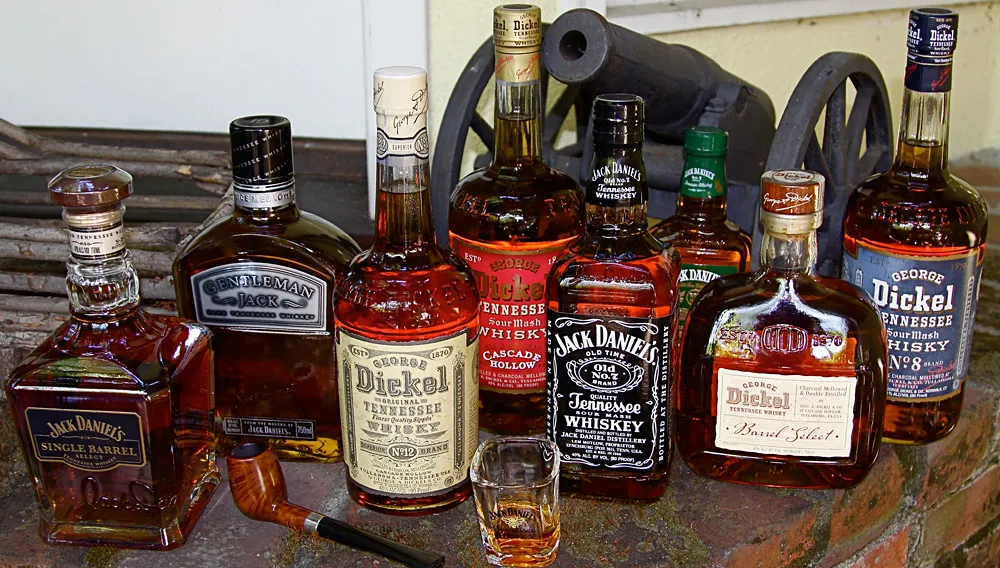
Legal Requirements
To be labeled as Tennessee whiskey, the spirit must adhere to specific legal criteria:
- It must be produced in Tennessee.
- It must be made from a grain mixture that is at least 51% corn.
- It must be distilled to no more than 160 proof (80% alcohol by volume).
- It must be aged in new, charred oak barrels in Tennessee.
- It must be filtered through maple charcoal before going into the barrels for aging.
- It must be bottled at a minimum of 80 proof (40% alcohol by volume).
The Lincoln County Process
This unique filtering process is what gives Tennessee whiskey its smoothness. The whiskey is slowly dripped through a thick layer of sugar maple charcoal, which removes impurities and adds a slight sweetness to the final product. This step must occur before the whiskey is aged, and it’s a tradition that has been used by Tennessee distillers for over a century.
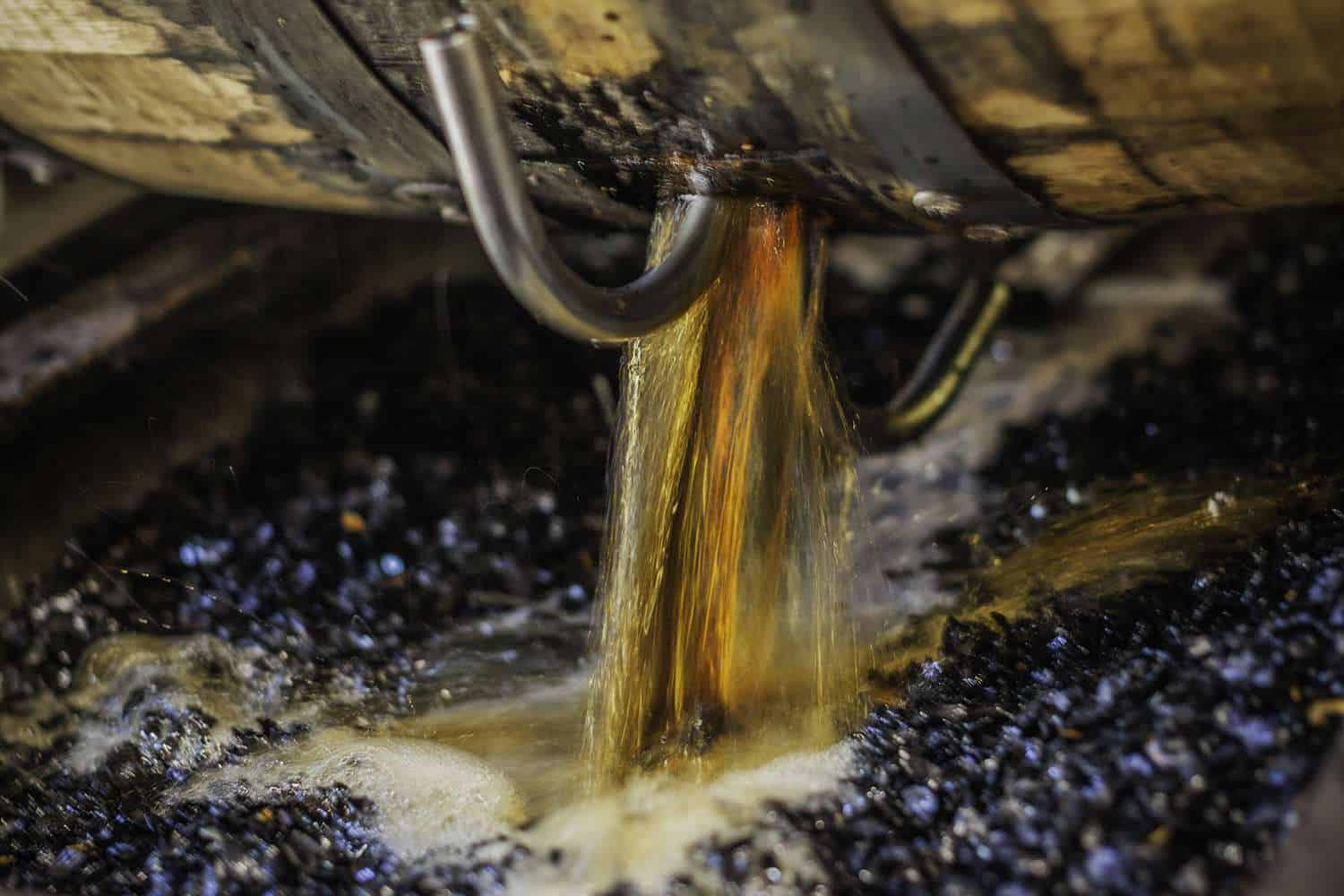
Notable Distilleries in Tennessee
Tennessee is home to several renowned distilleries that have been perfecting their craft for generations. Some of the most famous include:
- Jack Daniel’s: Perhaps the most well-known Tennessee whiskey, Jack Daniel’s has been produced in Lynchburg since 1866.
- George Dickel: Another staple of Tennessee whiskey, George Dickel prides itself on its traditional methods and cold filtration process.
- Collier and McKeel: A smaller operation, Collier and McKeel brings a handcrafted approach to their whiskey, using local ingredients and a traditional copper still.
Each distillery has its own story and methods, contributing to the rich tapestry of Tennessee whiskey. Whether you prefer the boldness of Jack Daniel’s or the subtlety of a craft distillery’s offering, there’s a Tennessee whiskey out there for every palate.
Kentucky’s Bourbon Legacy
Kentucky’s history with bourbon is as old as the state itself. The perfect combination of natural resources, like the pure limestone water and the state’s climate, provides the ideal conditions for producing bourbon with a rich and full flavor.
What is Kentucky Bourbon?
Kentucky bourbon is not just a beverage; it’s a symbol of American heritage and ingenuity.
This section will guide you through the rich world of Kentucky bourbon, from its deep roots to the meticulous crafting process that gives it its robust flavor.

Defining Kentucky Bourbon
Bourbon, while similar to whiskey, has a set of rules that make it unique:
- It must be made in the U.S., with Kentucky being the heartland.
- It must contain at least 51% corn, giving it a sweeter taste.
- It must be aged in new, charred oak barrels, which impart a deep amber color and complex flavors.
- It must be distilled to no more than 160 proof and entered into the barrel for aging at 125 proof.
- It must be bottled at 80 proof or more.
The Art of Crafting Bourbon
The process of making bourbon is an art that has been refined over centuries. Here’s how Kentucky’s master distillers create this beloved spirit:

- Mash Bill: The journey begins with the mash bill, a precise blend of corn, rye, wheat, and barley. Each grain contributes to the bourbon’s final taste.
- Fermentation: The ground grains are mixed with water and yeast, turning sugars into alcohol. This ‘beer’ is the foundation of bourbon.
- Distillation: The liquid is heated, and the alcohol vapors are collected and condensed back into a liquid, concentrating the alcohol and flavors.
- Aging: The clear spirit, known as the ‘white dog,’ is filled into charred oak barrels and left to age.
Production Secrets of Whiskey and Bourbon
Understanding the production of Tennessee whiskey and Kentucky bourbon is key to appreciating their unique flavors. This section will provide a detailed look at the ingredients, distillation, and aging processes that define these spirits.

Ingredients and Their Influence
The foundation of any whiskey or bourbon is its ingredients, primarily the grains used in the mash bill. The mash bill is a precise recipe that varies from one distillery to another, but all aim to achieve a balance of flavors.
- Corn: The Sweetness Corn is the primary grain in both Tennessee whiskey and Kentucky bourbon, accounting for at least 51% of the mash bill. It imparts a natural sweetness and full-bodied flavor to the spirit.
- Rye or Wheat: The Spice of Smoothness Rye adds a spicy or fruity note, while wheat provides a softer, more mellow taste. The choice between rye or wheat can significantly alter the spirit’s flavor profile.
- Barley: The Enzyme Provider Malted barley is included for its enzymes, which are crucial for converting the grains’ starches into fermentable sugars during the mashing process.
- The Distillation Process Distillation is where the magic happens, transforming a simple grain mixture into a potent spirit.
- Cooking the Mash The process begins by cooking the grains to release their sugars preparing them for fermentation.
- Fermentation: Creating Alcohol Yeast is added to the cooked mash, which ferments the sugars into alcohol over several days, resulting in a beer-like liquid called ‘distiller’s beer.’
- The Still: Concentrating the Spirit The distiller’s beer is then heated in a still. As it boils, alcohol vapors rise and are collected, leaving water and other elements behind. This step may be repeated to increase purity and flavor concentration.
Aging: Developing Complexity
Aging is crucial for developing the depth and complexity of the spirit’s flavor.

- The Role of Barrels New, charred oak barrels are used for aging. The charring creates a layer of charcoal that acts as a filter and contributes to the flavor and color of the final product.
- Time and Environment The length of time and the environment in which the spirit ages also play significant roles. Fluctuations in temperature cause the spirit to expand and contract within the barrel, allowing it to absorb more of the wood’s character.
- Bottling Strength After aging, the whiskey or bourbon is diluted to its bottling strength, which can vary but must be at least 80 proof. This dilution ensures a consistent flavor and alcohol content.
Tasting Notes: A Guide to Enjoying Tennessee Whiskey or Kentucky Bourbon
Tasting whiskey and bourbon is an art that enhances the drinking experience. This section will guide you through the process of tasting these spirits, helping you to identify and appreciate their complex flavors.
How to Taste Whiskey and Bourbon
Tasting is not just about drinking; it’s about engaging all your senses to fully experience the spirit.
Sight: Observing Color and Clarity Begin by looking at the whiskey or bourbon. The color can range from light amber to deep mahogany, indicating age and barrel type.
Smell: Discovering Aromas Swirl the glass gently and take a short sniff. You’ll find a range of aromas from vanilla and caramel to fruit and spices.
Taste: Savoring Flavors Take a small sip and let it coat your mouth. Look for the sweetness from the corn, the warmth of the alcohol, and the subtle notes imparted by the barrel.
Finish: The Lasting Impressions After swallowing, notice the flavors that linger. This is the finish, and it can reveal new dimensions of the spirit’s character.

Describing Flavors and Aromas
When tasting, use descriptive words to capture the experience. Terms like ‘oaky,’ ‘nutty,’ or ‘smoky’ can help convey the flavors you’re detecting.
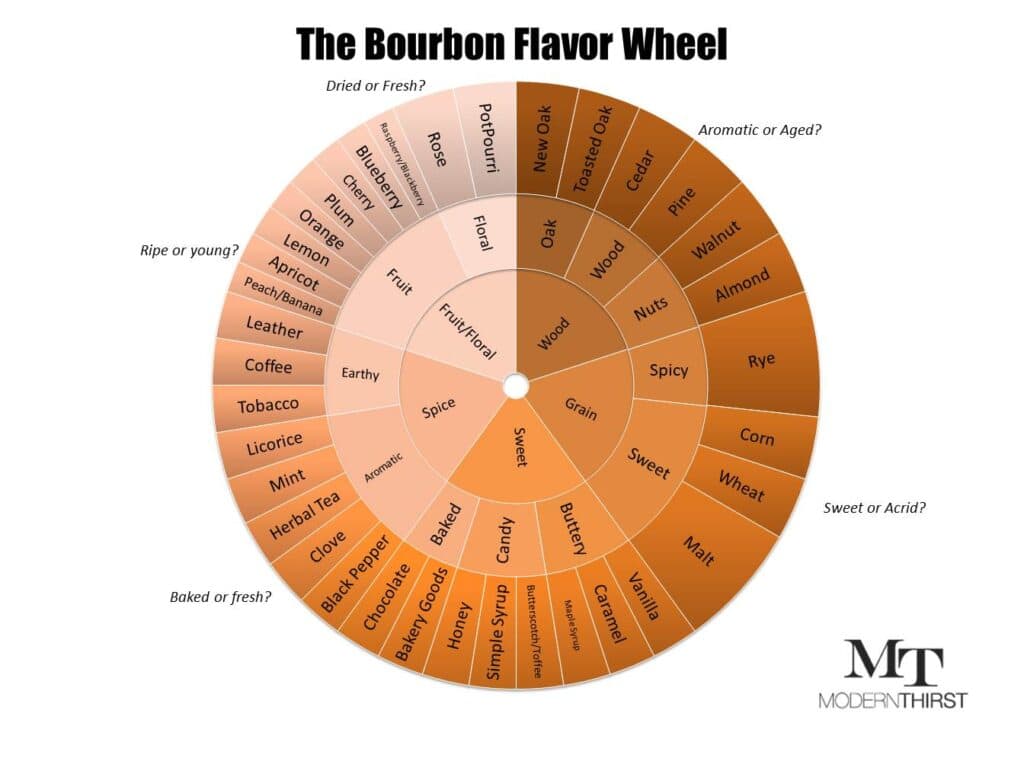
Pairing with Food
Whiskey and bourbon can be paired with food to enhance both the drink and the meal. Try them with chocolate, cheese, or barbecue to discover complementary flavors.
Final Thoughts
Tennessee whiskey or Kentucky bourbon are not just drinks; they are cultural icons that embody the American spirit. They tell a story of history, craftsmanship, and community. Through this article, we’ve explored their origins, production, and the sensory experience they offer.
We encourage you to explore these spirits further, visit the distilleries, and taste responsibly. Remember, each bottle carries the legacy of its makers and the promise of a shared experience, one sip at a time. Enjoy the journey, and cherish the memories made along the way.
Jl.Surjan
Disclosure: Our blog contains affiliate links to products. We may receive a commission for purchases made through these links. However, this does not impact our reviews and comparisons. We try our best to keep things fair and balanced, in order to help you make the best choice for you.




